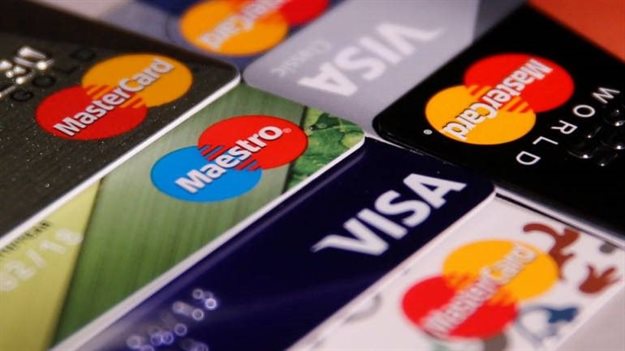Top stories



Marketing & MediaHow Spar is using localised marketing to redefine the urban retail experience
Karabo Ledwaba 1 day



More news





ESG & Sustainability
How South Africa’s conservation efforts can thrive with Indian partnership










Consumers increasingly prefer digital alternatives to the stodgy banking monoliths of yesterday. In an era of convenience and questions of, “What have you done for me lately?” traditional banks struggle to keep up with the new financial disruptors.
Money is money, but not all banks are created equal. Americans are using less cash and relying more on digital wallets. Physical branches and decades of inertia have kept traditional banks at the top for years, but old institutions have their work cut out to turn the tides against a new generation of innovative competition.
Now that consumers can buy and sell whatever they like from the comfort of their homes, who wants to visit a physical location to open a bank account? Online banks are open 24/7, not just during normal business hours.
Traditional banks and credit unions started allowing fully online signups for checking and savings accounts a few years ago, but their processes still don’t match the convenience and simplicity of those of digitally native banks. In 2020, customers can open multiple new accounts with an online back in a few minutes or sign up for an online debit card with a banking app like Chime on their smartphones. For those who prioritise convenience, digital banks and banking apps are the clear winner.
That convenience extends beyond signup day as well. Digital banks knew customers wanted better digital features, so they created apps and mobile sites that redefined industry standards. With a few swipes and taps, users can enable or disable their debit cards to prevent fraud, transfer money to friends, or perform any number of critical transactions. Ally, for instance, now lets users create buckets in their savings accounts to target different big purchases without opening new accounts.
Traditional banks can try to copy consumer-friendly features created by digital competitors, but when it comes to innovative convenience, the newcomers take the cake. Online banks and apps have the agility and vision to respond to consumer demands months or years before the big banks catch up.
Traditional banks act like they’re doing their customers a favor just by holding their money for them. Digital banks recognise that customers have more options than ever. Because of that, accounts at online banks typically offer better interest rates than accounts at traditional banks.
Those better interest rates don’t go away after promotional signup periods, either. Digital banks have less red tape, which means they can respond more quickly to moves from the Federal Reserve than traditional banks can.
Some of those moves have narrowed the gap between online banks and brick-and-mortar options in recent years. Tighter policies over the last decade made it difficult for online banks and apps to advertise the super-high rates that earned them their reputation as great savings havens. Recent trends, though, suggest that advantage may be growing again. Bankrate claims that online banks can offer better rates because they employ fewer middlemen than traditional banks, allowing them to pass on their savings to their customers.
Further, basic accounts at digital banks almost never require customers to meet balance requirements to avoid fees. Customers hate paying money for services they can get for free, especially for something as passive as a basic checking account. Fewer fees and better rates combine to make a compelling case for new banking options.
Online banks and apps don’t just offer better service and more options than traditional banks. They also integrate seamlessly with all the helpful fintech apps and gadgets that today’s consumers love so much.
Zelle, Venmo, PayPal, and other fintech companies offer helpful financial services, but they aren’t banks themselves - more like financial lifestyle features providers. Online banks prioritise advanced functionality, so they make a point to work with other companies to ensure their customers get full and immediate access to all the latest integrations. Customers can make fast transfers, set up recurring bill payments, and securely send money to friends and family from within highly designed digital environments.
Online banks even bridge the gap between the old and the new. Digital banking customers still need access to cash, so many online banks reimburse ATM fees. Digital banks understand that the world will not fully abandon classic commerce, so they take extra steps to ensure that even in the most old-school transactions, customers can get access to the banking services they need.
Traditional banks and credit unions will always copy the best features from digital banks and apps, but they can’t match the speed and simplicity that comes with being a digital native. Consumers will continue to leave traditional banks for better rates, smarter service, fewer fees, and more useful integrations with other financial tools. As the world moves toward even more digital convenience and accessibility, digital banks will continue to push the boundaries of what smart banking can be.